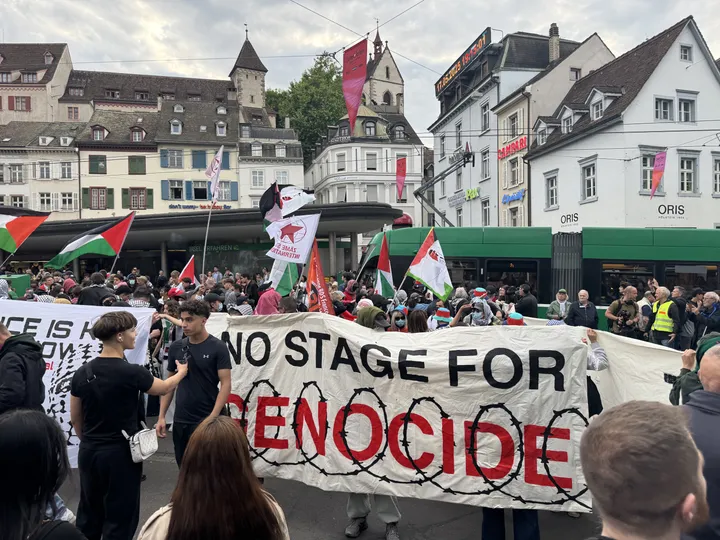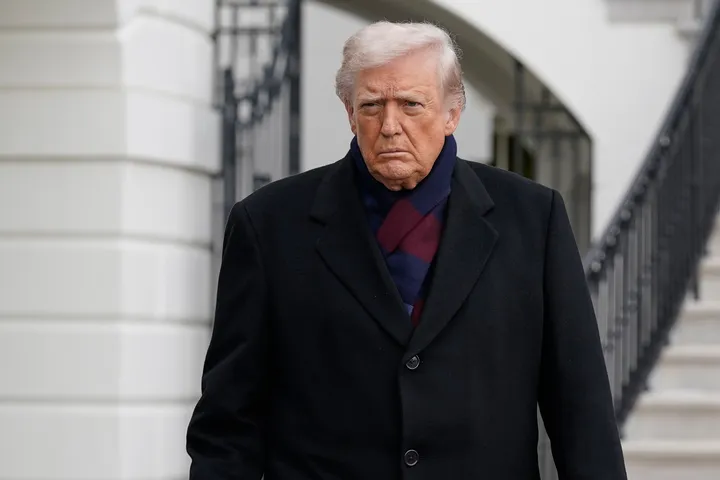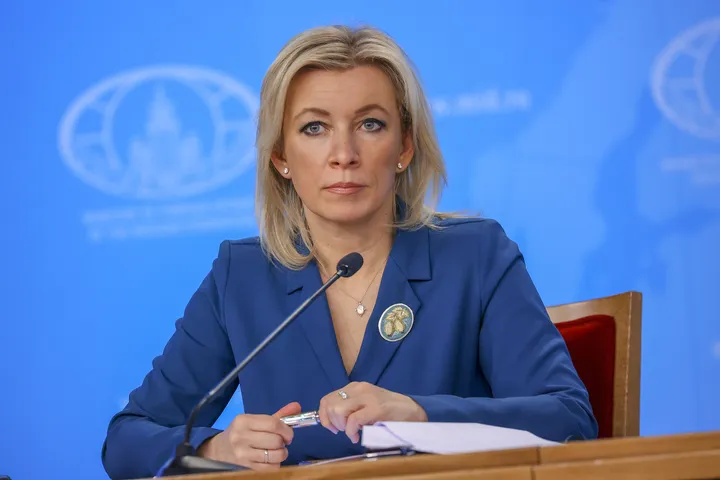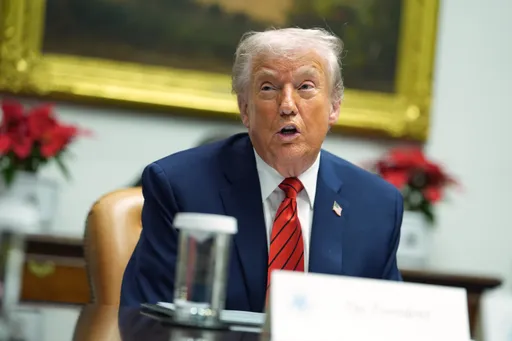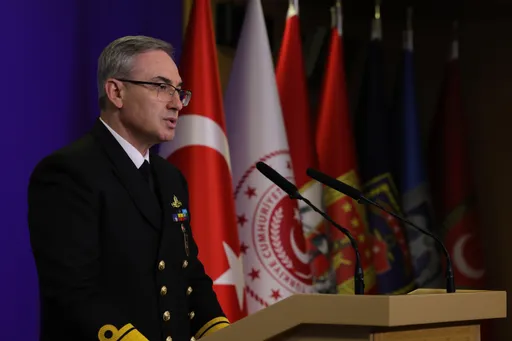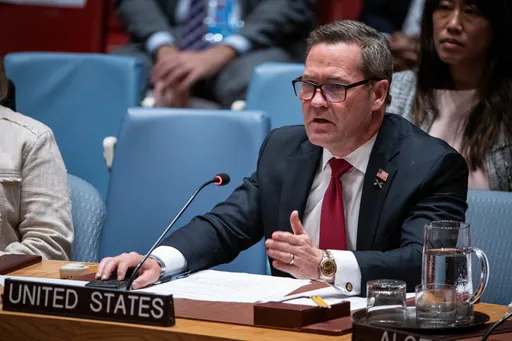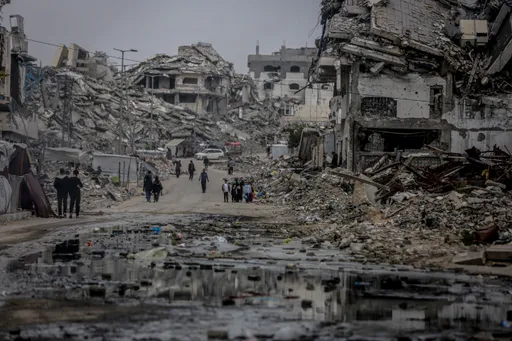Since the 19th century, Moscow has been a great power, even rising to the status of super power during the Cold War. With the collapse of the Soviet Union the new Russian Federation largely retreated from the international arena riddled with severe economic problems.
Since the collapse of the USSR, the Russian economy has only improved to an extent, but under Vladimir Putin, Moscow has managed to develop a new military programme supported by a large budget. The program has upgraded the country’s military forces from its air force to the navy, developing supersonic cruise missiles and other weaponry.
While the Western alliance continues to question Russian military capabilities, Moscow’s recent deployment across the Ukrainian border areas from Belarus to Eastern Ukraine in a considerably short time likely rang alarm bells across Western capitals, primarily Washington.
Russian intervention in the Syrian conflict - on the invitation of the Assad regime - provided Moscow the opportunity to show off its new hypersonic weapons inventory to the global audience, with devastating consequences.
“I’m embarrassed to admit, I was surprised a few years ago when [Russia’s] Kalibr missiles came flying out of the Caspian Sea, hitting targets in Syria,” said Lt. Gen. Ben Hodges, the former commander of the US Army in Europe. “That was a surprise to me, not only the capability, but I didn’t even know they were there,” the American general added.
Despite its economic problems and Western pressure, Putin’s Russia has succeeded in modernising its military, imparting confidence in the Kremlin’s leadership to flex its muscle globally from the Syrian conflict to Venezuela and Afghanistan.
Most recently, Russia has clearly shown that it will now allow NATO’s expansion across its Western borders, particularly, in a country like Ukraine, which has a large Russian-speaking population with strong historical and cultural ties with Moscow.
What are Russia’s capabilities?
Even in its worst years after the fall of the Soviets in the early 1990s, Moscow continued to possess a large nuclear military arsenal, keeping its capacity for deterrence largely intact. Right now, the country has the largest stockpile of nuclear weapons compared to any other global power.
The Russian Air Force is often referred to as the second most powerful in the world after the US. In the last ten years, Russia was able to add more than 1,000 aircraft including its SU-35s to its air force, according to the Russian defence ministry.
SU-35s, the country’s most technologically advanced warplanes, are now deployed to Belarus, a Russian ally, which neighbours Ukraine. The country’s air force also possesses strategic bombers alongside only two other powers, the US and China.
Like its air force, the Russian Navy is also one of the most powerful sea forces after the US. Moscow is able to operate the world’s second largest fleet of submarines deployed with ballistic missiles.
The country’s land force is also formidable with more than three million personnel, including reservists, making it one of the largest forces across the world.
Russia has arguably the world’s largest tank repertoire, but its T-72B3 tanks are also strengthened by a new thermal optics technology for fighting in the dark, having guided missiles, with a longer range than any other tanks, according to American military experts.
The country’s Iskander-M rockets, whose production was completed under Putin’s watch, are the country’s new generation ballistic missiles. They were recently deployed by Moscow along the Russian-Ukrainian border, showing capability of hitting any targets in Ukraine.
Beyond the huge size of the Russian armed forces, Moscow has also managed to cultivate a disciplined force. While Russia is still largely dependent on conscripts, which covers about 30 percent of its total force, its main force is now well-paid and well-trained soldiers, which number around 400,000.
Russian leadership allows lower-level officers to operate with significant autonomy, something seldom seen in its civilian leadership. It has also increased morale and mobility across military ranks.
Using Syria's bloody conflict to train its military forces and test new weapons, 92 percent of Russian air force personnel and 62 percent of its Navy personnel received combat experience, according to the country’s Defence Minister Sergei K. Shoigu.
“Every weapons system that can fly, they tried in Syria,” said Fred Kagan, director of the Critical Threats Project at the American Enterprise Institute.
In Russia, military service is still mandatory for all male citizens aged between 18 and 27.
Despite Putin’s best efforts, Russian military expenditure lags behind the US, China and India, coming fourth globally.
Russian hybrid warfare
Beside hard-power instruments, Russia seems to be developing sophisticated hybrid warfare against its enemies using diplomacy, cyberattacks, social media and other means alongside military power.
That capability, which is more difficult than producing weapons, is a clear sign of Russia’s adaptation to modern warfare.
“Russia is essentially in a constant state of a hybrid warfare against NATO, which means employing not just kinetic military force but psychological, multimedia, social media, economic and all sorts of operations, trying to weaken its enemies,” said Matthew Bryza, a former US diplomat to Azerbaijan, a former Soviet republic, in a previous interview with TRT World.


